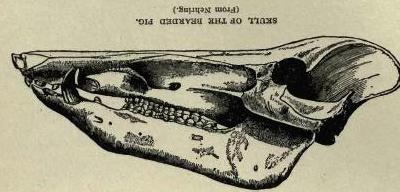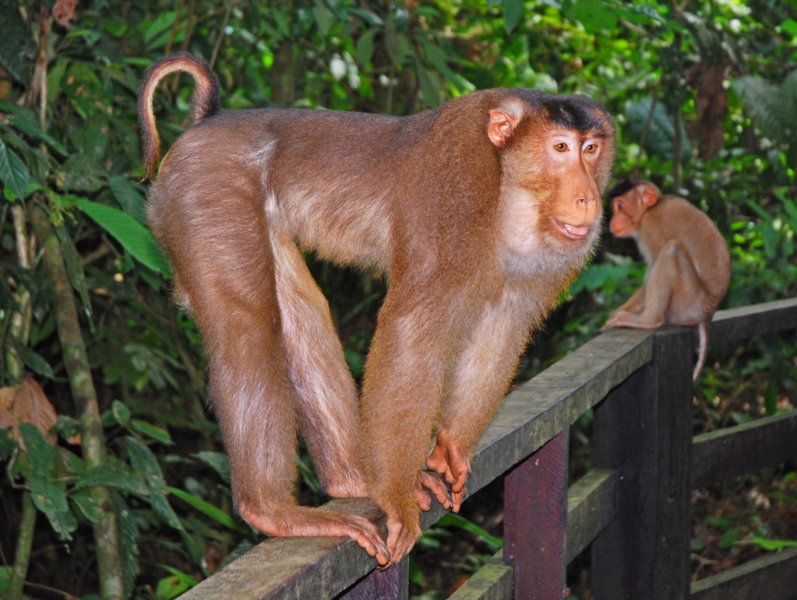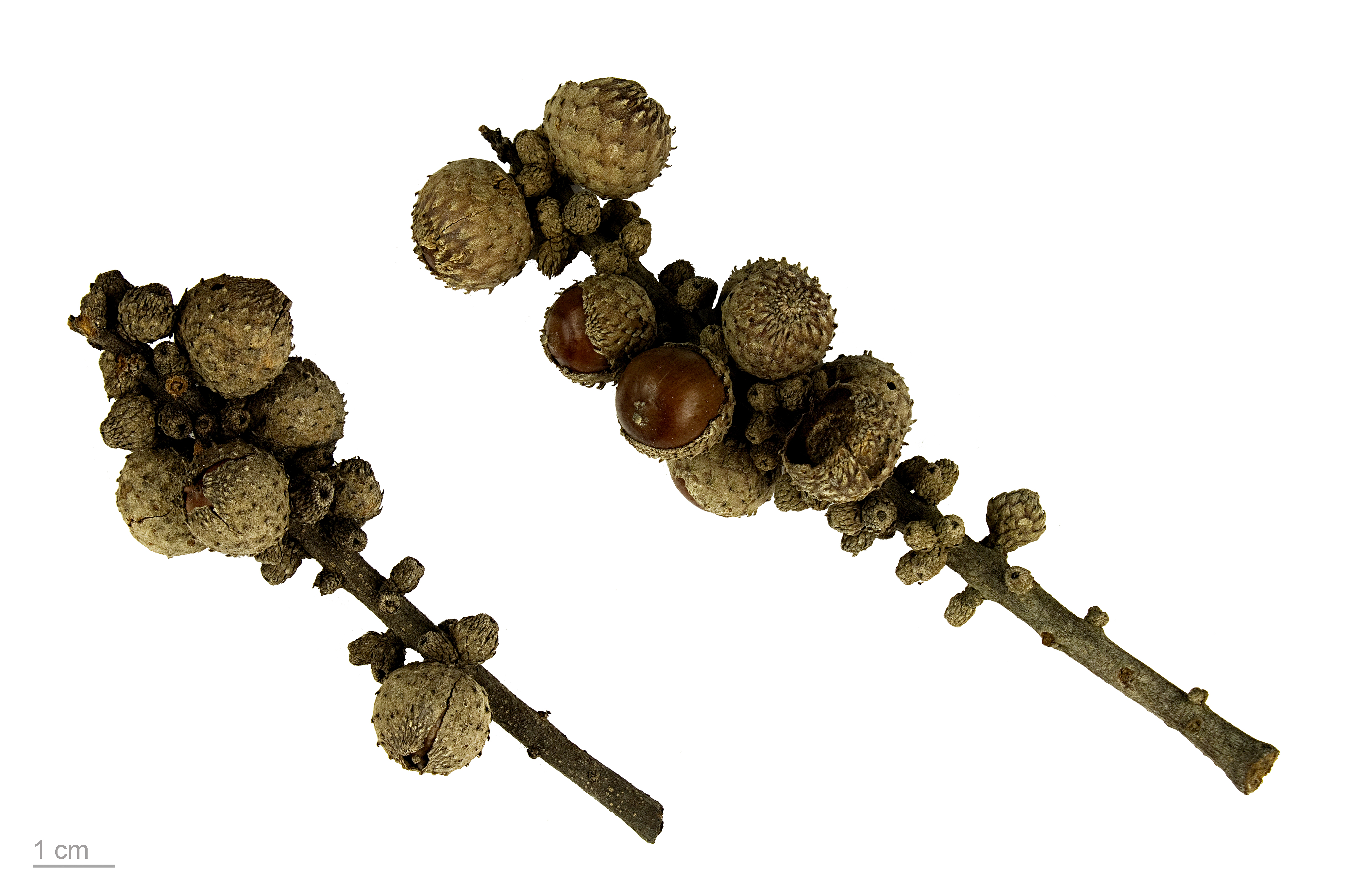|
Mount Pock Forest Reserve
Mount Pock Forest Reserve is a protected forest reserve in Semporna District of Tawau Division, Sabah, Malaysia. It was designated as a Class 1 Protection Forest by the Sabah Forestry Department in 1984. Its area is . The reserve consists of steeply sloping terrain. The forest on lower slopes has been impacted by logging and conversion of land for agriculture. Oil palm plantations surround the reserve. The size of the reserve has decreased since its initial gazetting. In 2012, of the Mount Pock Reserve was reclassified as state land as this area, along with parts of other reserves, have been home to indigenous communities. Flora Mount Pock Forest Reserve hosts threatened plant species such as '' Neolamarckia cadamba'', ''Canarium odontophyllum'', '' Knema elmeri'', '' Durio acutifolius'', '' Shorea parvifolia'', ''Garcinia parvifolia'', '' Koordersiodendron pinnatum'', ''Shorea smithiana'', ''Shorea superba'', '' Shorea laevis'', ''Parashorea malaanonan'', '' Dryobalanops la ... [...More Info...] [...Related Items...] OR: [Wikipedia] [Google] [Baidu] |
Sabah
Sabah () is a States and federal territories of Malaysia, state of Malaysia located in northern Borneo, in the region of East Malaysia. Sabah borders the Malaysian state of Sarawak to the southwest and the North Kalimantan province of Indonesia to the south. The Federal Territory (Malaysia), Federal Territory of Labuan is an island just off Sabah's west coast. Kota Kinabalu is the state capital city, the economic centre of the state, and the seat of the Government of Sabah, Sabah state government. Other major towns in Sabah include Sandakan and Tawau. The 2020 census recorded a population of 3,418,785 in the state. It has an equatorial climate with tropical rainforests, abundant with animal and plant species. The state has long mountain ranges on the west side which forms part of the Crocker Range National Park. Kinabatangan River, the second longest river in Malaysia runs through Sabah. The highest point of Sabah, Mount Kinabalu is also the highest point of Malaysia. The ear ... [...More Info...] [...Related Items...] OR: [Wikipedia] [Google] [Baidu] |
Parashorea Malaanonan
''Parashorea malaanonan'' is a species of plant in the family Dipterocarpaceae. it is found in the Philippines and the northeast coast of Sabah in Borneo. The name ''malaanonan'' is derived from Tagalog (''mala'' = false and ''anonang'' = custard apple) and is a putative vernacular name for this species. It is a large emergent tree, up to 60 m, found in mixed dipterocarp forests on deep friable clay soils. It can still be found in forest reserves in the east coast of Sabah although elsewhere it is threatened by habitat loss Habitat destruction (also termed habitat loss and habitat reduction) is the process by which a natural habitat becomes incapable of supporting its native species. The organisms that previously inhabited the site are displaced or dead, thereby .... The timber is a light hardwood sold under the trade name of white lauan or white seraya. References malaanonan Critically endangered plants Trees of Borneo Flora of Sabah Trees of the Philippines ... [...More Info...] [...Related Items...] OR: [Wikipedia] [Google] [Baidu] |
New Straits Times
The ''New Straits Times'' is an English-language newspaper published in Malaysia. It is Malaysia's oldest newspaper still in print (though not the first), having been founded as ''The Straits Times'' on 15 July 1845. It was relaunched as the ''New Straits Times'' on 13 August 1974. The paper served as Malaysia's only broadsheet format English-language newspaper. However, following the example of British newspapers ''The Times'' and ''The Independent'', a tabloid version first rolled off the presses on 1 September 2004 and since 18 April 2005, the newspaper has been published only in tabloid size, ending a 160-year-old tradition of broadsheet publication. The ''New Straits Times'' currently retails at RM1.50 (~37 US cents) in Peninsular Malaysia. As of 2 January 2019, the group editor of the newspaper is Rashid Yusof. In 2020, the paper was listed as the 5th most trusted in a Reuters Institute for the Study of Journalism, Reuters Institute survey of 14 Malaysian media outlets. ... [...More Info...] [...Related Items...] OR: [Wikipedia] [Google] [Baidu] |
Ministry Of Energy And Natural Resources (Malaysia)
The Ministry of Natural Resources, Environment and Climate Change ( ms, Kementerian Sumber Asli, Alam Sekitar dan Perubahan Iklim), is a ministry of the Government of Malaysia that is responsible for energy, natural resources, environment, climate change, land, mines, minerals, geoscience, biodiversity, wildlife, national parks, forestry, surveying, mapping and geospatial data. Organisation * Minister of Natural Resources, Environment and Climate Change ** Deputy Minister of Natural Resources, Environment and Climate Change *** Secretary-General **** Under the Authority of Secretary-General ***** Internal Audit Unit ***** Legal Advisory Unit ***** Corporate Communication Unit ***** Integrity Unit ***** Key Performance Indicator Unit ***** Strategic Planning and International Division **** Deputy Secretary-General (Natural Resources) ***** Land, Survey and Geospatial Division ***** Minerals and Geoscience Division ***** Biodiversity Management dan Forestry Division ***** REDD Plu ... [...More Info...] [...Related Items...] OR: [Wikipedia] [Google] [Baidu] |
Bornean Bearded Pig
The Bornean bearded pig (''Sus barbatus''), also known as the Sunda bearded pig or simply bearded pig, is a species in the pig genus, '' Sus''. It can be recognized by its prominent beard. It also sometimes has tassels on its tail. It is found in Southeast Asia—Sumatra, Borneo, the Malay Peninsula, and various smaller islands like in Sulu archipelago such as Tawi-Tawi, where it inhabits rainforests and mangrove forests. The bearded pig lives in a family. It can reproduce from the age of 18 months, and can be cross-bred with other species in the family Suidae. Subspecies The two subspecies of this pig are: *''S. b. barbatus'' (the nominate subspecies) *''S. b. oi'' (the western bearded pig) As traditionally defined, the nominate is from Borneo. The species is widely ranging in Borneo. It is also found in Tawi-Tawi province at the tip of the Sulu Archipelago in the Philippines, although possibly has been extirpated, and ''S. b. oi'' is from the Malay Peninsula and Sumatra. ... [...More Info...] [...Related Items...] OR: [Wikipedia] [Google] [Baidu] |
Tufted Ground Squirrel
The tufted ground squirrel or groove-toothed squirrel (''Rheithrosciurus macrotis'') is a species of rodent in the family Sciuridae. It is the sole species in the genus ''Rheithrosciurus''. It is found only on the island of Borneo. Confirmed elements of its diet include nuts, seeds and insects, for which it has been filmed foraging on the forest floor. Description The squirrel's head and body measure about long, with the tail measuring a further long. It weighs about . Its incisors have 7-10 distinctive longitudinal grooves. Its skull is also distinctive, being longer and flatter than most squirrels. The animal's dorsum is predominantly brown with a reddish tone, and it has unusually hairy ears with large red to dark brown tufts. A longitudinal stripe of a white to buff to yellow colour, sometimes accompanied by a dark brown stripe, runs along the flank. ''Rheithrosciurus'' is noted for having the largest known tail to body size ratio of any mammal, with the volume of its ta ... [...More Info...] [...Related Items...] OR: [Wikipedia] [Google] [Baidu] |
Müller's Gibbon
Müller's gibbon (''Hylobates muelleri''), also known as the southern grey gibbon, is a primate in the gibbon family, Hylobatidae. Taxonomy Formerly, the western grey gibbon (''H. abbotti'') and eastern grey gibbon (''H. funereus'') were considered conspecific with ''H. muelleri'', but more recent studies indicate that all three are distinct species, and both the IUCN Red List and the American Society of Mammalogists consider them such. Description Unlike most gibbon species, Müller's gibbon does not show sexual dimorphism in its fur coloration. Its fur is grey- or brown-colored with a ring of bright fur around its face. On the head, it often has a darkly colored cap. Weighing between 4–8 kg, it ranks among the smaller of the gibbons. Distribution and habitat Müller's gibbon is endemic to Kalimantan in the island of Borneo, inhabiting the southeastern part of the island. It is found approximately south of the Mahakam River and east of the Barito River. Behaviour So ... [...More Info...] [...Related Items...] OR: [Wikipedia] [Google] [Baidu] |
Southern Pig-tailed Macaque
The southern pig-tailed macaque (''Macaca nemestrina''), also known as the Sundaland pig-tailed macaque and Sunda pig-tailed macaque, is a medium-sized macaque that lives in southern Thailand, Malaysia, and Indonesia. It is known locally as berok. Etymology and taxonomy The species epithet, ''nemestrina'', is an adjective (derived from Latin ''Nemestrinus'', meaning "the god of groves") modified to agree in gender with the feminine generic name. ''M. nemestrina'' formerly included the northern pig-tailed, Pagai Island, and Siberut macaques as subspecies. All four are now considered separate species. Description As with other ''Macaca'' species, males are larger than females; while males are measured at in length and in weight, females are measured at in length and in weight. This macaque has buff-brown fur, with a darker dorsal area and lighter ventral area. Its common name refers to the short tail held semi-erect, resembling the tail of a pig. Behaviour and ecol ... [...More Info...] [...Related Items...] OR: [Wikipedia] [Google] [Baidu] |
Syzygium
''Syzygium'' () is a genus of flowering plants that belongs to the myrtle family, Myrtaceae. The genus comprises about 1200 species, and has a native range that extends from Africa and Madagascar through southern Asia east through the Pacific. Its highest levels of diversity occur from Malaysia to northeastern Australia, where many species are very poorly known and many more have not been described taxonomically. Most species are evergreen trees and shrubs. Several species are grown as ornamental plants for their attractive glossy foliage, and a few produce edible fruits that are eaten fresh or used in jams and jellies. The most economically important species, however, is the clove ''Syzygium aromaticum'', of which the unopened flower buds are an important spice. Some of the edible species of ''Syzygium'' are planted throughout the tropics worldwide, and several have become invasive species in some island ecosystems. Several species of ''Syzygium'' bear fruits that are edible for ... [...More Info...] [...Related Items...] OR: [Wikipedia] [Google] [Baidu] |
Lithocarpus
''Lithocarpus'' is a genus in the beech family, Fagaceae. Trees in this genus are commonly known as the stone oaks and differ from ''Quercus'' primarily because they produce insect-pollinated flowers on erect spikes and the female flowers have short styles with punctate stigmas. At current, around 340 species have been described, mostly restricted to Southeast Asia. Fossils show that ''Lithocarpus'' formerly had a wider distribution, being found in North America and Europe during the Eocene to Miocene epochs. The species extend from the foothills of the Hengduan Mountains, where they form dominant stands of trees, through Indochina and the Malayan Archipelago, crossing Wallace's Line and reaching Papua. In general, these trees are most dominant in the uplands (more than above sea level) and have many ecological similarities to the Dipterocarpaceae, the dominant lowland tree group. These trees are intolerant of seasonal droughts, not being found on the Lesser Sunda Islands, ... [...More Info...] [...Related Items...] OR: [Wikipedia] [Google] [Baidu] |
Dipterocarpus
'' D. retusus'' in Köhler ''Dipterocarpus'' is a genus of flowering plants and the type genus of family Dipterocarpaceae. ''Dipterocarpus'' is the third-largest and most diverse genus among the Dipterocarpaceae. The species are well known for timber, but less acknowledged for use in traditional herbal medicine. The genus has about 70 species, occurring in South Asia and Southeast Asia, from Sri Lanka and India to the Philippines. It is an important component of dipterocarp forests. Its generic name comes from Greek and means "two-winged fruits". The greatest diversity of ''Dipterocarpus'' species occurs on Borneo, with many endemic to the island. The oldest fossil of the genus, and Dipterocarpaceae, is from the latest Cretaceous (Maastrichtian) Intertrappean Beds of India. Uses The genus is of considerable importance as timber trees, sold under the trade name Keruing, although not as important as ''Shorea'' species. ''D. turbinatus'', gurjan, is a major commercial timber sp ... [...More Info...] [...Related Items...] OR: [Wikipedia] [Google] [Baidu] |
Diospyros
''Diospyros'' is a genus of over 700 species of deciduous and evergreen trees and shrubs. The majority are native to the tropics, with only a few species extending into temperate regions. Individual species valued for their hard, heavy, dark timber, are commonly known as ebony trees, while others are valued for their fruit and known as persimmon trees. Some are useful as ornamentals and many are of local ecological importance. Species of this genus are generally dioecious, with separate male and female plants. Taxonomy and etymology The generic name ''Diospyros'' comes from a Latin name for the Caucasian persimmon ('' D. lotus''), derived from the Greek διόσπυρος : dióspyros, from ''diós'' () and ''pyrós'' (). The Greek name literally means "Zeus's wheat" but more generally intends "divine food" or "divine fruit". Muddled translations sometimes give rise to curious and inappropriate interpretations such as " God's pear" and " Jove's fire". The genus is a large one a ... [...More Info...] [...Related Items...] OR: [Wikipedia] [Google] [Baidu] |





